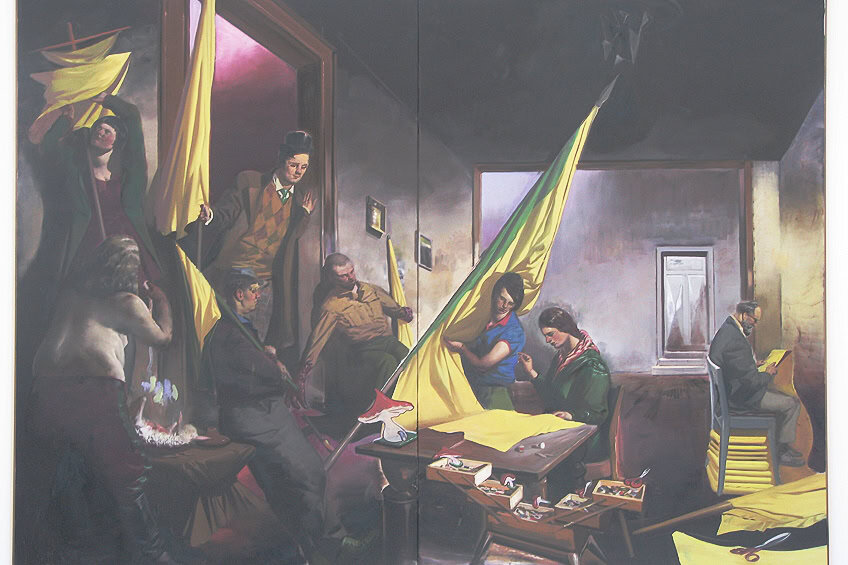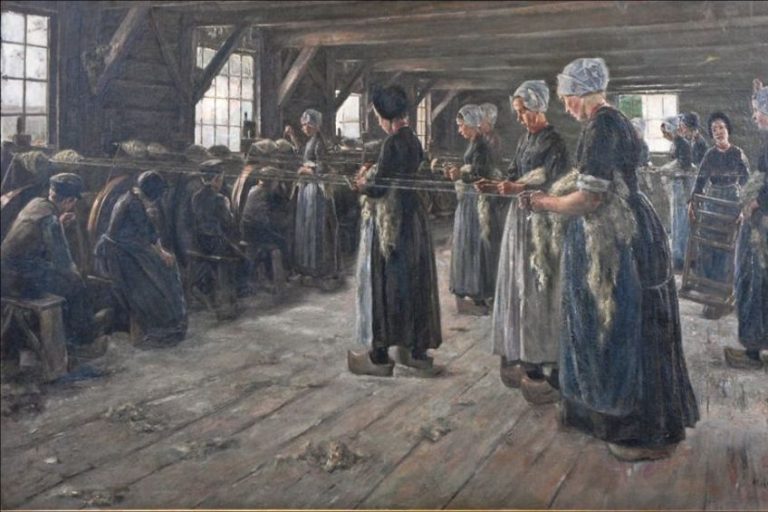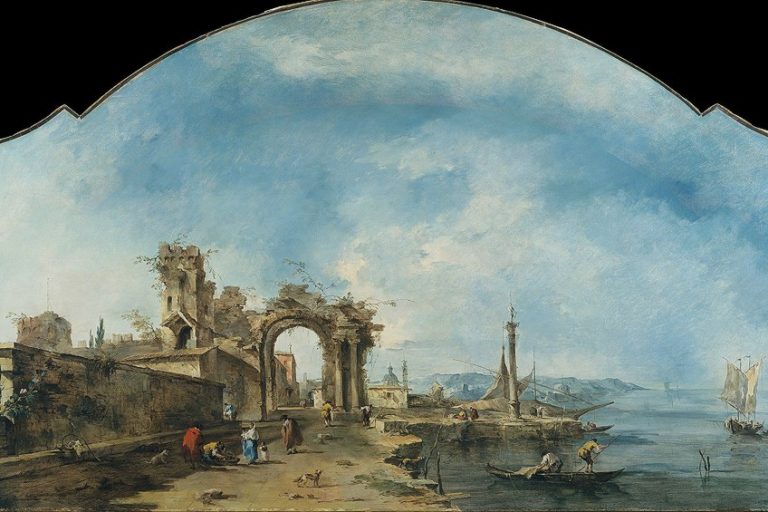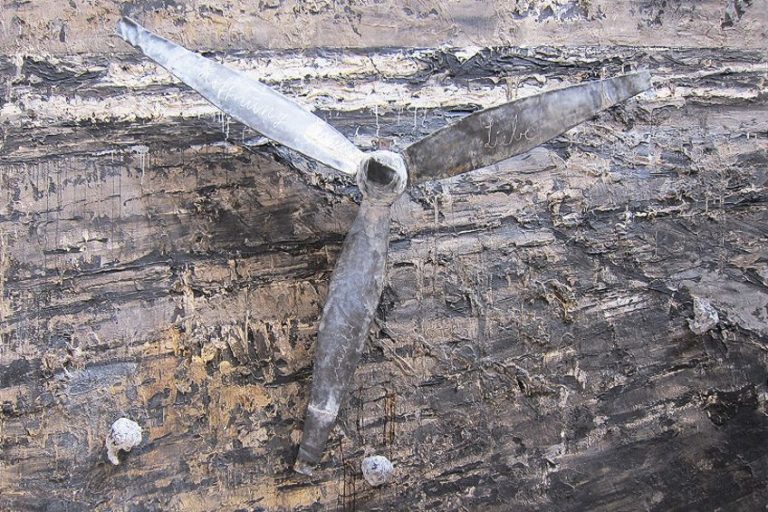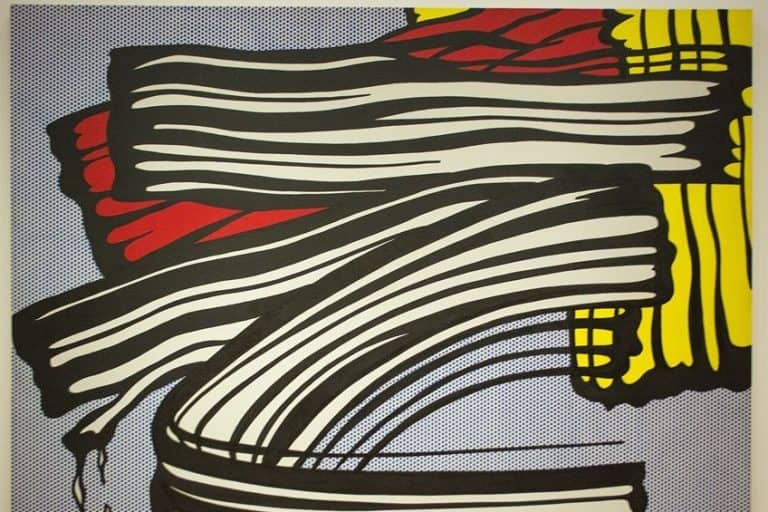Neo Rauch – A Journey Through the Surreal
Neo Rauch is a prominent figure in contemporary German painting, celebrated for his enigmatic and evocative compositions that blend elements of surrealism, social realism, and nostalgia. Born in Leipzig in 1960, Rauch emerged as a leading artist from the Leipzig School, known for its revival of figurative painting after the fall of the Berlin Wall. His canvases often feature dreamlike scenes inhabited by mysterious figures, set against industrial backdrops or ambiguous landscapes, reflecting a unique narrative complexity and emotional depth. Rauch’s work has garnered international acclaim for its compelling exploration of history, identity, and the human condition in a post-modern context.
Key Takeaways
- Neo Rauch blends personal history with socio-political narratives.
- His style is influenced by surrealism and the New Leipzig School.
- He has exhibited extensively, including at MoMA.
Early Life and Education
| Birth | April 18, 1960 |
|---|---|
| Death | Present |
| Place of Birth | Leipzig, East Germany (now Germany) |
| Genre of Work | Contemporary art and the New Leipzig School |
Neo Rauch, born 18 April 1960, stands as one of the prominent figures in contemporary German art. Renowned for his figurative and dreamlike paintings, Rauch’s works intricately weave together his personal history with broader socio-political narratives. His compositions often feature surreal and allegorical scenes, invoking the viewer’s imagination through a blend of fantasy and reality. Rauch’s artistic journey is deeply influenced by socialist realism and the surrealist traditions of Giorgio de Chirico and René Magritte. His unique style, shaped by his experiences and memories, positions him within the New Leipzig School, a movement known for its innovative approach to visual art.

His paintings teem with invented characters, settings, and motifs, creating a world that is both familiar and enigmatic. Throughout his career, Rauch has exhibited extensively, with notable showcases at institutions such as the Museum of Modern Art (MoMA) in New York. His significant contributions to contemporary art continue to inspire and challenge audiences worldwide. By intertwining personal and historical elements, Rauch invites viewers to ponder the complex layers of existence and artistic expression.
Family Background and Aschersleben
Neo Rauch was born on April 18, 1960, in Leipzig, East Germany. Tragically, both of his parents died in a train accident when he was only a few weeks old. Following this, Rauch was raised by his grandparents in Aschersleben, a small town in Saxony-Anhalt.
This rural setting and the history of his hometown influenced his perspective and later, his art.
Growing up in the German Democratic Republic (GDR), Rauch was exposed to the distinct cultural milieu of communist East Germany. The local environment, combined with the personal tragedy of losing his parents, imparted a certain depth and introspection to his worldview.
Studies at Hochschule für Grafik und Buchkunst Leipzig
Neo Rauch pursued his formal education at Hochschule für Grafik und Buchkunst Leipzig, one of Germany’s leading art institutions. Here, he studied under influential figures like Arno Rink, a key proponent of the New Leipzig School. During his time at the Hochschule, Rauch’s work began to reflect a blend of socialist realism and surrealism, drawing inspiration from artists like Giorgio de Chirico and René Magritte.

This unique combination of styles was further refined through his academic training. Rauch’s education at this prestigious institution provided him with a solid foundation, enabling him to develop his distinctive approach to figurative painting.
Artistic Style and Influence
Neo Rauch’s artistic approach is deeply rooted in his German heritage and the New Leipzig School. His paintings skillfully blend surrealism and realism, creating a unique narrative that often explores themes of industrial alienation and historical contexts.
New Leipzig School and German Heritage
Rauch is a leading figure in the New Leipzig School, a movement based in Leipzig, Germany, known for its figurative and narrative style. His work often incorporates a strong connection to his East German roots, which can be seen in the use of socialist realism, a style prevalent in East Germany during his upbringing. The imagery in his paintings frequently reflects the social and political environment of his formative years, infusing his pieces with both personal and historical significance.

Surrealism and Realism Interplay
In Rauch’s paintings, there is a distinctive interplay between surrealism and realism. He masterfully combines realistic elements with dream-like sequences, creating complex narratives that challenge the viewer’s perception of reality. This fusion results in a unique visual language that is simultaneously familiar and enigmatic.
The integration of these two styles allows Rauch to depict industrial alienation and other themes in a way that feels both historic and timeless, questioning the boundaries of reality and imagination.
Comparisons With Giorgio De Chirico and René Magritte
Rauch’s work often draws comparisons to surrealists Giorgio De Chirico and René Magritte. Like De Chirico, Rauch employs architectural elements and haunting urban landscapes to evoke a sense of mystery and unease. Magritte’s influence is evident in Rauch’s use of everyday objects placed in unusual contexts, creating a sense of the uncanny.

Despite these influences, Rauch’s work maintains a distinctive voice, often hesitating to fully align with any single genre. His paintings contain unique motifs and configurations that reflect his personal vision and time, resulting in art that resonates with profound narrative depth and imagery.
Career Highlights
Neo Rauch, born in Leipzig in 1960, has garnered immense acclaim in the art world for his unique blending of realism and abstraction. His career has been marked by several pivotal exhibitions, representation by prestigious galleries, and notable awards.
Notable Solo Exhibitions
Neo Rauch’s work has been showcased in a variety of significant solo exhibitions across the globe. In 2001, his first major show, Metro, was held at the Leipziger Baumwollspinnerei. The exhibition, Neo Rauch: Comrades and Companions, at the Kunstmuseum Wolfsburg in 2006 further solidified his reputation. In 2010, the Museum der Bildenden Künste in Leipzig and the Pinakothek der Moderne in Munich hosted a comprehensive retrospective. Additionally, his drawings were celebrated at The Drawing Center in New York, displaying a span of 30 years of his work.

Representation by Galleries
Throughout his career, Neo Rauch has been represented by prominent galleries, further extending his influence in the art world. Galerie Eigen + Art Leipzig/Berlin has been a long-time representative of Rauch, playing a critical role in promoting his work. In New York, David Zwirner gallery has also featured his pieces, showcasing them to an international audience.
His relationship with these galleries has greatly contributed to his standing in the contemporary art scene.
Achievements and Awards
Neo Rauch has been recognized with several prestigious awards. He was the recipient of the Vincent Award in 2002, which honors contemporary European artists. His works are part of several esteemed public and private collections, including the Metropolitan Museum of Art in New York and the Albertina in Vienna. Rauch’s contributions to art have marked him as a defining figure of his generation, influencing a new wave of figurative painting.

Influence and Legacy
Neo Rauch is widely regarded as a pivotal figure in contemporary art, known for his unique blend of surrealism and socialist realism. His impact is evident through his influence on fellow artists and the esteemed collections that house his work.
Impact on Contemporary Art
Neo Rauch’s artwork often reflects the convergence of his personal history with broader socio-political themes. His distinctive style, which draws from artists like Giorgio de Chirico and René Magritte, has marked him as a central figure in the New Leipzig School. Rauch’s deep engagement with multiple perspectives and changes in scale within his paintings has inspired a generation of artists.
His approach to blending figurative and surreal elements has been particularly influential.
Renown institutions and publications such as The New York Times have recognized his significant role in shaping contemporary art. Artists globally admire Rauch for his ability to merge narrative with abstraction, creating pieces that evoke dreams and industrial alienation. This fusion makes his work resonate across diverse artistic movements, leaving a lasting imprint on the field.
Prominent Collections and Patrons
Neo Rauch’s works are featured in several prestigious collections worldwide. In the United States, his art is displayed at institutions like The Broad in Los Angeles. Europe also boasts significant collections in Munich’s Pinakothek der Moderne, Vienna’s Galerie Rudolfinum, and Warsaw’s Zachęta National Gallery of Art.
In Canada, his impact extends to the Musée d’Art Contemporain de Montréal. These collections affirm his global appeal and the commitment of key art patrons to preserve and celebrate his artistic legacy. Prominent patrons and galleries regularly exhibit Rauch’s work, further cementing his status in the art world. His shows, ranging from New York to Warsaw, consistently attract critical acclaim and public interest, reinforcing his influential presence in contemporary art.
Neo Rauch stands as a visionary artist whose compelling narratives and distinctive visual language have captivated audiences worldwide. Through his exploration of memory, identity, and the intersections of personal and collective histories, Rauch has carved out a significant place in contemporary art. His ability to blend elements of the familiar and the surreal challenges viewers to contemplate the complexities of the human experience while offering glimpses into imagined worlds that resonate deeply with our own. As Rauch continues to evolve his practice, his contributions to the art world remain profound and enduring, leaving an indelible mark on the trajectory of painting in the 21st century.
Frequently Asked Questions
What Artistic Style Is Associated With Neo Rauch’s Work?
Neo Rauch’s paintings are a blend of realism, surrealism, pop art, and comic-book imagery. They stand out for their vivid colors and complex compositions. His work often reflects influences from socialist realism and surrealist artists such as Giorgio de Chirico and René Magritte.
What Themes Are Commonly Explored in Neo Rauch’s Drawings?
Rauch frequently explores themes of industrial alienation and personal introspection. His artwork privileges human traits like timidity and reflection. He often juxtaposes fantastical elements with everyday scenes, creating a sense of enigmatic storytelling and emotional depth.
Where Does Neo Rauch Draw Inspiration for His Unique Printmaking?
Rauch draws inspiration from a mix of his personal history and broader cultural influences. His work is deeply rooted in his experiences growing up in East Germany. He incorporates elements from various artistic movements, particularly socialist realism and surrealism.
How Has Neo Rauch’s Background Influenced His Artistic Career?
Rauch’s background has profoundly influenced his art. Orphaned at a young age, his personal history and the political environment of East Germany are palpable in his work. These experiences shape the themes of alienation and introspection that are prominent in his paintings.
Isabella studied at the University of Cape Town in South Africa and graduated with a Bachelor of Arts majoring in English Literature & Language and Psychology. Throughout her undergraduate years, she took Art History as an additional subject and absolutely loved it. Building on from her art history knowledge that began in high school, art has always been a particular area of fascination for her. From learning about artworks previously unknown to her, or sharpening her existing understanding of specific works, the ability to continue learning within this interesting sphere excites her greatly.
Her focal points of interest in art history encompass profiling specific artists and art movements, as it is these areas where she is able to really dig deep into the rich narrative of the art world. Additionally, she particularly enjoys exploring the different artistic styles of the 20th century, as well as the important impact that female artists have had on the development of art history.
Learn more about Isabella Meyer and the Art in Context Team.
Cite this Article
Isabella, Meyer, “Neo Rauch – A Journey Through the Surreal.” Art in Context. July 24, 2024. URL: https://artincontext.org/neo-rauch/
Meyer, I. (2024, 24 July). Neo Rauch – A Journey Through the Surreal. Art in Context. https://artincontext.org/neo-rauch/
Meyer, Isabella. “Neo Rauch – A Journey Through the Surreal.” Art in Context, July 24, 2024. https://artincontext.org/neo-rauch/.


